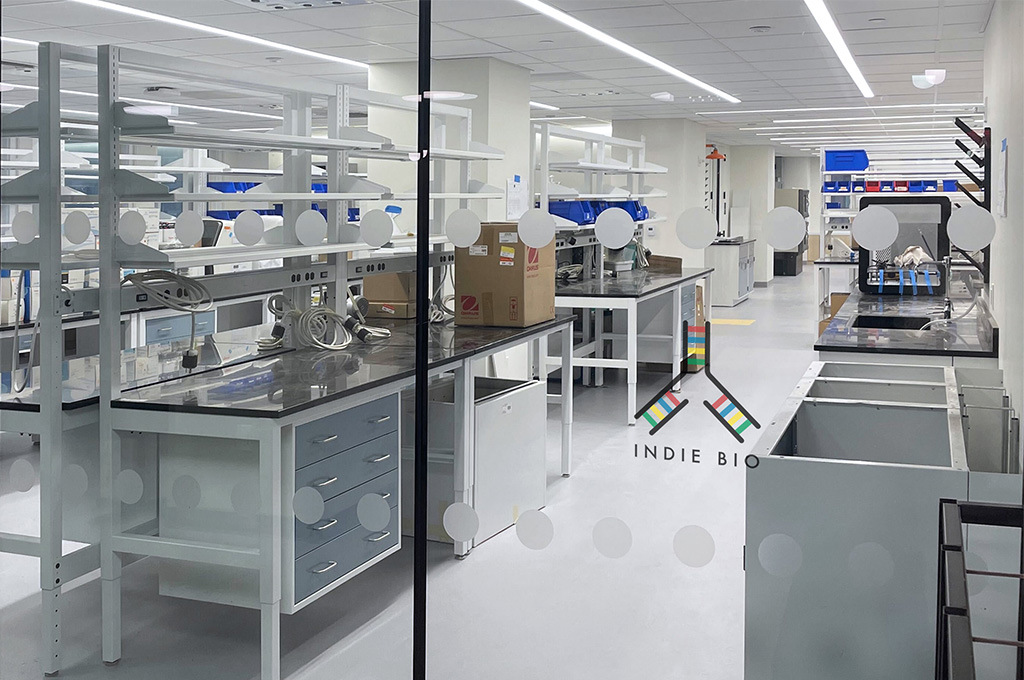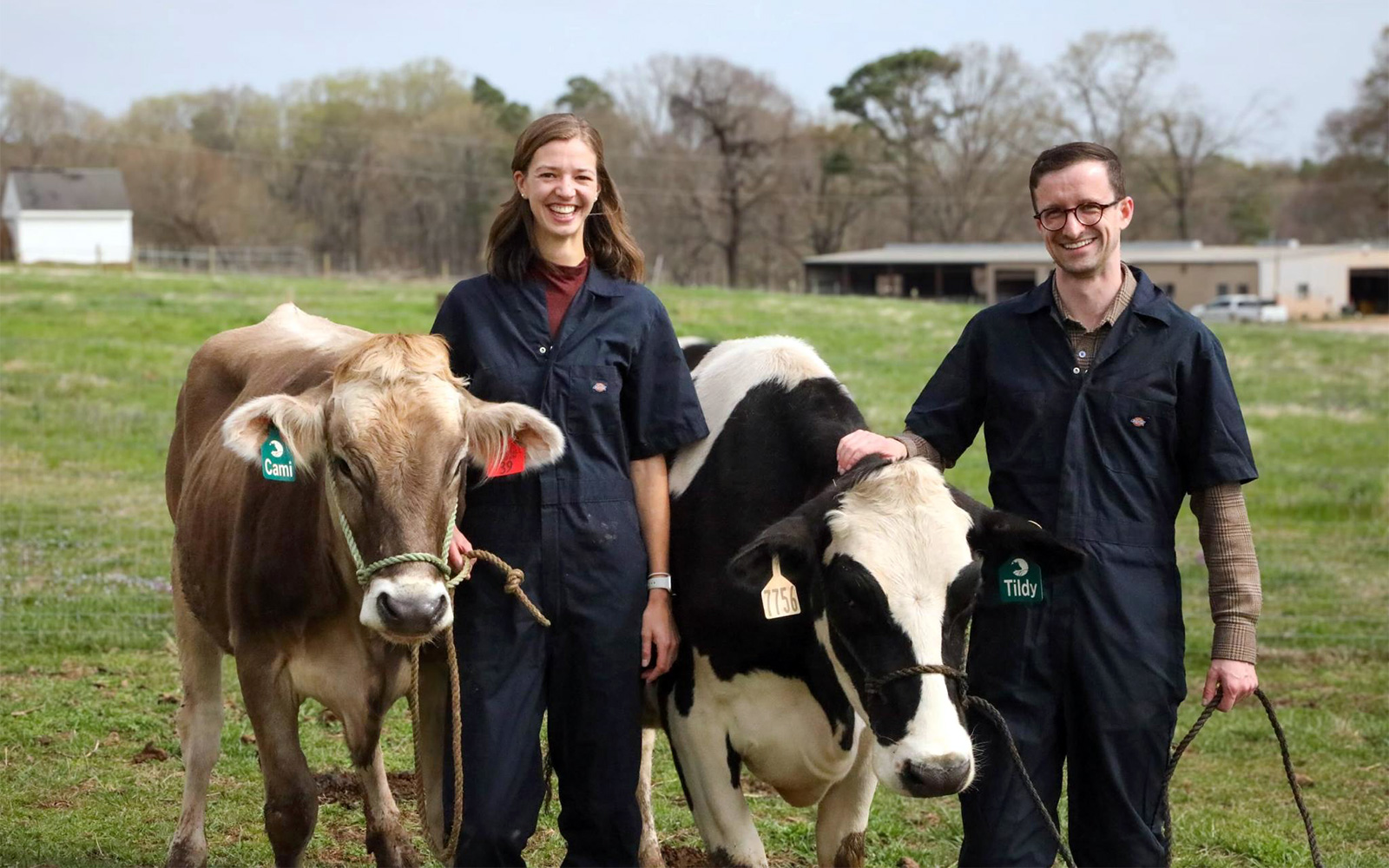
Halomine is a company revolutionizing the way we disinfect surfaces. We asked Halomine CEO, Ted Eveleth, to tell us about the first product, Halofilm.
Watch and read an abbreviated version of the conversation below.
What is your first product, Halofilm, and what does it do?
Halofilm is a very versatile product that allows you to turn almost any surface into an antimicrobial surface. It puts a semipermanent film down on a surface that sticks to both the surface and the chlorine. So in your normal habits of cleaning and disinfecting when you’re using a chlorinated product, the chlorine will last on a surface longer than normal.
Normally, chlorine and almost any active ingredient disappears fairly quickly. What we do is make it stick to the surface to provide continuous protection against pathogens, turning that surface into a continuous pathogen-killing machine, essentially.
How does Halofilm work?
There are 2 molecules required to make Halofilm work. One monomer sticks to the surface; it’s like an adhesive. This is a bio-inspired adhesive derived from muscles; it’s what muscles use to stick to almost anything in an aquatic environment.
The other is an n-halamine (where we get our name), which is a molecule that interacts with chlorine. Normally, chlorine disappears from the surface. An n-halamine holds chlorine in a covalent bond until pathogens come along, and the chlorine then has a preference for the pathogen, where it kills the pathogen.
Where are major opportunities to use Halofilm?
There are a lot of application spaces: one important space is a hospital. We don’t want to cut back on disinfecting or sanitizing practices in a hospital; what we’re looking to do is to cut back hospital-acquired infections. Halofilm is something that would be used in addition to bleach-containing cleaning agents currently being used. The hope is that it could prevent either hospital-acquired infections or, more relevant these days, is reduce the COVID-19 spread.
Pretty much everything being used in the hospital right now is temporary. It seems very normal to us, but essentially it’s like mowing your lawn. You mow your lawn, it’s the right height. You let it grow for a while, you mow again. In between, the grass gets longer than you might want it. It’s the same with disinfecting: it’s a liquid that kills everything but between treatments, the disinfectant is gone. That provides pathogens the opportunity to land upon those surfaces and take hold, and to be transmitted between people that touch those surfaces. We’re essentially trying to continuously mow the lawn to keep it at the same height and turn periodic disinfection into continuous disinfection.
We’re looking at a lot of institutional uses, ranging from mass transit, cruise ships, hospitals, jails, schools, and office buildings. We originally started thinking we’d go after food processing, packaging and prep to prevent mold as well.
What types of microorganisms is Halofilm effective against?
We have an enormous amount of data on bacteria. We have a recently approved NSF grant that they turned around in record time for the NSF so that we can extend our studies to viruses.
We have done some testing to show that we can deter mold for 30 days. Essentially, once you have a film of chlorine on that surface, it will prevent anything from growing on it or taking over or creating a biofilm.
How safe are HaloFilm and chlorine-coated surfaces?
HaloFilm is extremely safe; we’re only keeping the same amount of chlorine on a surface as you would find in a pool. In fact, we can use the same dipstick to test for chlorine on a surface as you can use in a pool to measure the amount of chlorine. It doesn’t take much chlorine to be effective because it’s so potent against pathogens. It’s very hard to get the chlorine off the surface and you’d have to come into intimate contact with it. When you touch the surface, you’re not having intimate contact because the surface is rough and the finger has fingerprints, creating gaps in contact.
If you went to look microscopically at almost any surface, it would look more like a mountain range than a flat piece of glass. The polymer that makes up HaloFilm actually gets down into these crevices and holds a smaller amount of chlorine where those pathogens will go to hide, which is why it is so effective and yet safe. We’re covering the valleys in chlorine that your finger could never touch but that tiny pathogens can hide in.
Learn more about Halomine and all of IndieBio New York Class 1 companies at Demo Day.



